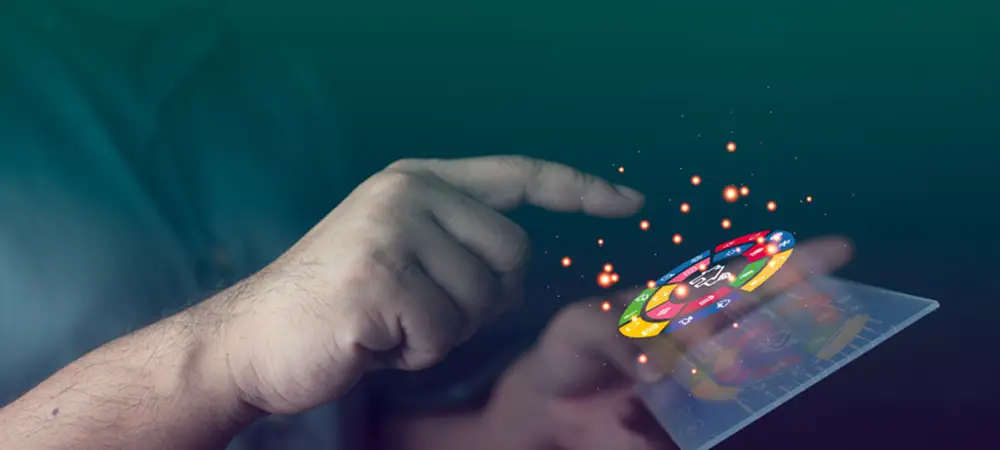Holography and Its Various Applications


- Overview of Holography
Holography is the science of producing holograms and research facility. It is an advanced form of Photography that allows an image to be recorded in the three dimensional objects from two dimensional objects.
- In 1947, Hungarian born scientist Dennis Gabor delivered a paper on the recording of 3D space on the 2D surface.
- Gabor’s invention and development of the holographic method earned him the 1971 Noble prize in Physics and he is known as Father of Holography. His ground breaking work laid the foundation for developing and advancing holographic technology.
Gabor had developed the idea one day while sitting on a tennis court, contemplating the recording of the interference of light in 3D space. As there were no lasers at that time, he proved that the concept worked by using a mercury arc lamp with very short coherence length. Typically, coherent light from a laser is reflected from an object and combined at the film with light from a reference beam. This recorded interference pattern actually contains much more information that a focussed image, i.e. the image will change its appearance if you look at it from a different angle, just as if you were looking at a real 3D object.
2. Difference between Holography and the Photography
Holography is “lensless photography” in which an image is captured not as an image focussed on film but as interference pattern at the film. The difference b/w holography and photography is best understood by considering what a black and white photograph actually is: it is a point to point recording of the intensity of light rays that make up an image. Each point on the photograph records just one thing, the intensity of the light wave that illuminates that particular point. In case of a colour photograph slightly more information is recorded.
However, the light which make up a real scene is not only specified by its amplitude and wavelength but also by its phase. In a photograph, the phase of the light from the original scene is lost after certain period of time. In a hologram, information from both the intensity and the phase is recoded.
3. Key Components and Process
- Coherent Light Source: Sources: Holography requires a coherent light source, typically a laser, which emits light waves that are monochromatic (single wavelength) and in phase (coherent). This coherence is crucial for producing clear and stable interference patterns.
- Beam Splitter: A laser beam is divided into two parts using a beam splitter: the object beam and the reference beam.
- Object Beam: This beam is directed towards the object. It illuminates the object, and the reflected light from the object carries information about its surface.
- Reference Beam: The other part of the laser beam is directed straight towards the recording medium (e.g., photographic plate, photopolymer).
- Recording Medium: The interference pattern is captured on a high-resolution recording medium. This medium must be sensitive enough to record the fine details of the interference fringes.
4. Applications of Holography
Some important uses of holography are as follows:
- During election many political parties are using the holography concept for publicity.
- In display holography, the advent of pulsed lasers has made it possible to capture images of plants, animals and humans as well as inanimate objects.
- Holographic packaging materials have become popular and cheap.
- The use of holograms on credit cards and bank notes has reduced the opportunity for forgery and it is suitable from security point of view.
- If a hologram is made of a lens, mirror or other optical element, it acts in the same way as that element. Holographic optical element can be used, for example in bar-code readers.
- Art and Entertainment: Holography has revolutionised how we perceive and interact with visual art and entertainment
- Medical Imaging
- Security and Authentication
- Data Storage
- Engineering and Design
- Education and Training
- Artificial Intelligence and Robotics
Authored By

Dr Hukum Singh
Professor & Head
Department of Applied Sciences














